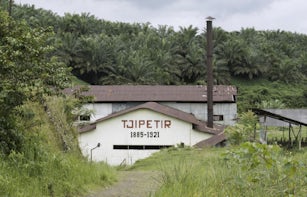Decolonial AestheSis and the Post-Soviet Art

Madina Tlostanova discusses artistic strategies of regenerating and ‘re-futuring’ in relation to the darker colonial side of post-Soviet existence. One certainly cannot speak of a well-shaped ‘decolonial art movement’ in the post-Soviet context. However, artists are increasingly developing self-conscious critical practices of subversion and corporeal emancipation grounded in decolonial agendas. What I will refer to here as ‘post-Soviet decolonial art’ – and as is the case with other examples of decolonial creativity – seeks to engage with forgotten native sounds, tastes and odours. Decolonial artists often aim at reinstating geo-body storytelling and disqualified ideals of beauty.



